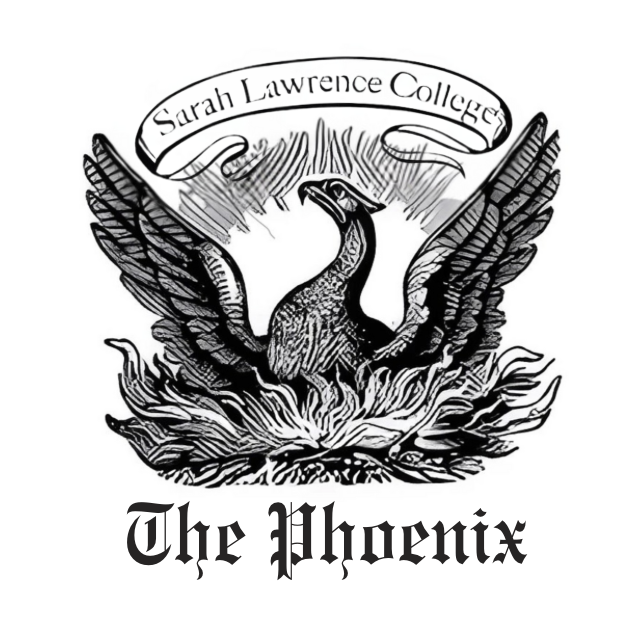You've Got Male: The Gender Gap at SLC
Male students in Heimbold
Photo by Ellie Brumbaum '17
“My friends joke about how I’m majoring in ladykilling,” said Jonathan Finnegan (‘16). Though it has been more than 60 years since Sarah Lawrence College started accepting male students, it is still widely known for its largely female population, or mistaken for a single sex school.
In fact, SLC began admitting men in the 1940s in order to accommodate returning World War II veterans. Soon after, Sarah Lawrence College for Women removed the last two words of its title, and in the 20 years that followed allowed men to take classes on a varying and experimental basis. By the fall of 1969 the college became formally coeducational. In the time since, its gender ratio, or lack thereof, remains a pronounced feature of the school.
According to Kevin McKenna, Dean of Enrollment, the male-identifying population hovers at about 25 percent of the school’s student body, and has remained fairly stable since the school became coed. This is significantly lower than many other former women’s colleges that went coed around the same time as SLC, such as Vassar and Skidmore. For many, the minority of male students is seen as a pressing issue that affects both the educational and social dynamics of the school. For others, it is an unnoticed part of SLC culture. And while the term ‘minority’ typically connotes a lack of power and representation in a community, the male minority at SLC is far from ignored.
Some report feeling aggressively pursued, as one male sophomore admitted he, “[has] become less of a feminist” due to the “strange” nature of girls when pursuing men.
“I would prefer more straight males because guys calm down the campus […] and are quieter than women,” he added. Several people feel it also affects their academic experience as another sophomore explains, “I am the only guy in poetry class and it disrupts the dynamic of the discussion [ … ] I hate it.”
However, Robert Marcus (’18) described the positive impact of being in the minority: “I feel empowered [ … ] having a mostly female campus makes me more comfortable talking about my queerness than [I was] at a mostly horny-straight-male high school.”
Female students have observed the gender gap’s impact on campus life as well. “The social aspect of the skewed gender ratio is pretty toxic [ … ] girls feel like they need to compete for guys, which goes against our school’s creed and ideology” said Rachel Lee (‘18).
Mary Kekatos (‘15) said, “In the classroom I don’t think it affects me negatively, because when I’m in that setting I’m not thinking about gender, I’m thinking about what people have to say. It totally changes after your first year […] You just have to get used to it, and it doesn’t impact you as much as you think it will.”
In terms of perhaps closing the gender imbalance, students have looked to the administration to take the initiative to begin enrolling more men. Dean of Enrollment McKenna believes that while strategies may be employed to present SLC to a wider range of applicants overall, it will not influence the integrity of the admissions process, stating, “there is no difference in admission requirements or admission standards [based on gender].”
Despite this, some students have expressed concerns that the Office of Admission is placing a greater emphasis on the sports department in attempts to recruit more male students. To this, McKenna responded, “that is a little bit of an oversimplification and doesn’t have anything to do with gender dynamics.” Admission does not have a firm plan of action in enlisting more men but instead intends to “highlight what we do have in a more robust way.” McKenna made clear that ultimately the school’s efforts are not primarily narrow the gender gap, but to increase the number of interested applicants, and naturally diversify the school as a result.
Overall, the school’s unequal gender ratio, like many other facets, is a unique quality of SLC. However, the lack of consensus on its impact on campus life poses another question: in a world of evolving gender fluidity, does this gap really matter at all?
by Marie-Isabella Rogers ‘18 and Rachel Hochberger ‘18

